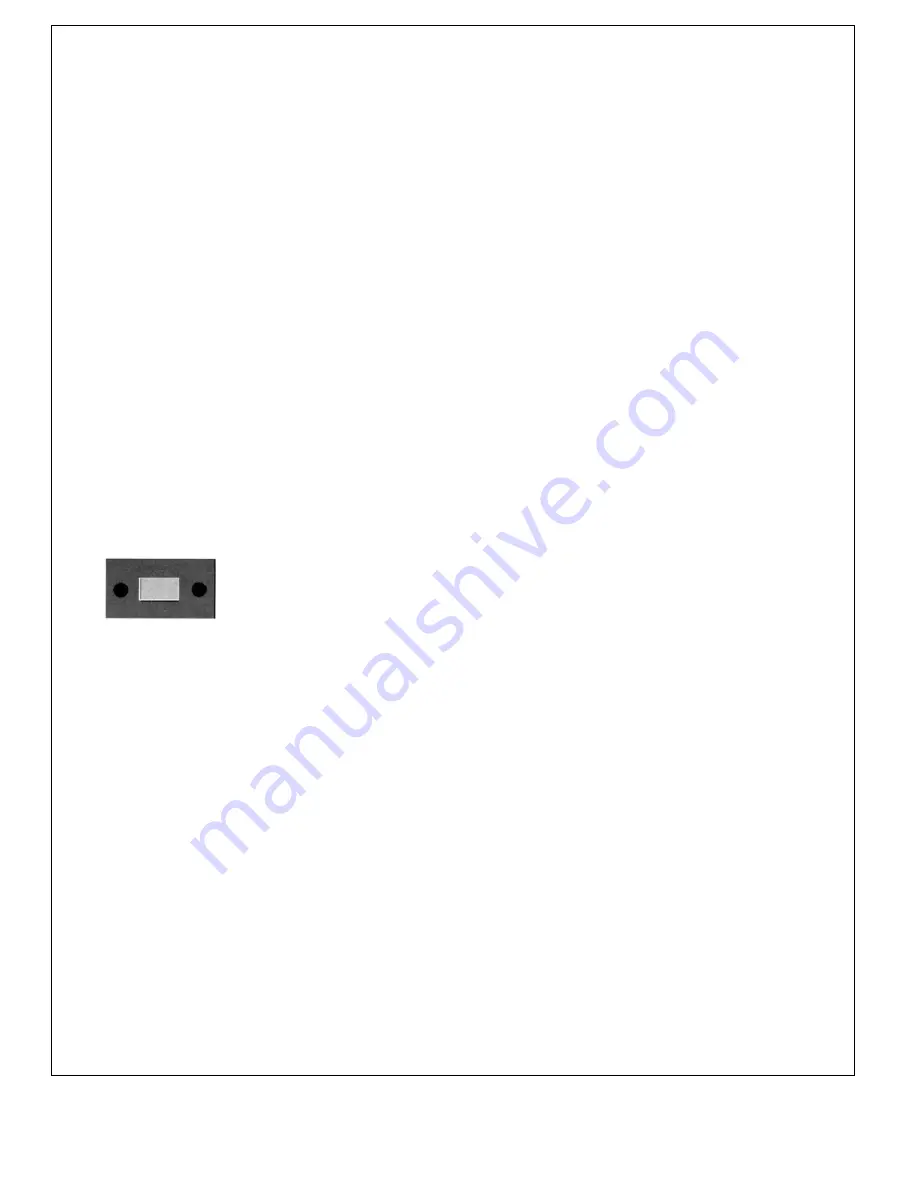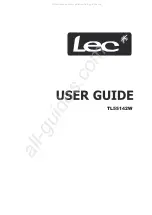
The cooler can be operated between 11V and 17.5V (12V working condition) or between
21.4V and 30V (24V working condition)
Excess voltage could cause damage to the electronics of the unit.
The refrigerator should be disconnected from the battery when a high speed battery
charge is connected to the battery.
The refrigerator takes a small amount of idle current. Always disconnect it from the
energy source when not in use. As a protection for your battery, the refrigerator
switches off automatically if the voltage is not sufficient, it will cut off at 11V.
In case you want to operate the refrigerator from the 220V mains, please use the AC/DC
adaptor equipped from manufacturer, plug the AC cable of the adaptor into the outlet of
your mains.
Ensure the voltage indicator on the type plate of AC/DC adaptor is in accordance with
the output of your mains.
Never manipulate plugs or switches with wet hands or when your feet are in contact
with water! If you operate your refrigerator on board a boat by means of shore
connection to 240V net work you must in any case insert a residual current device.
·
Press the “up” button or “down” to set the inside temperature you desire.
·
Press “ up” button to adjust the temperature by +1
0
C.
·
Maximum setting is +20
0
C.
·
Press “down’’ button to adjust the temperature by -1
0
C.
·
Minimum setting is -19
0
C.
·
The LED will show the temperature you just set.
·
button to adjust the temperature by -1
0
C.
·
Minimum setting is -19
0
C.
·
The LED will show the temperature you just set.
Air humidity can deposit in the interior of the refrigerator as frost ,so that the
refrigerator performance is reduced. In order to remove the ice coat never use
hard or sharp tools which can cause damage to the inner tank.
Please defrost the refrigerator in good time. Take out the refrigerated products
and store them in another cooling device so that they remain refrigerated.
Switch off the box and leave the lid open. Wipe the condensed water.
Page 4
Defrost
Temperature setting
Operation from mains
























